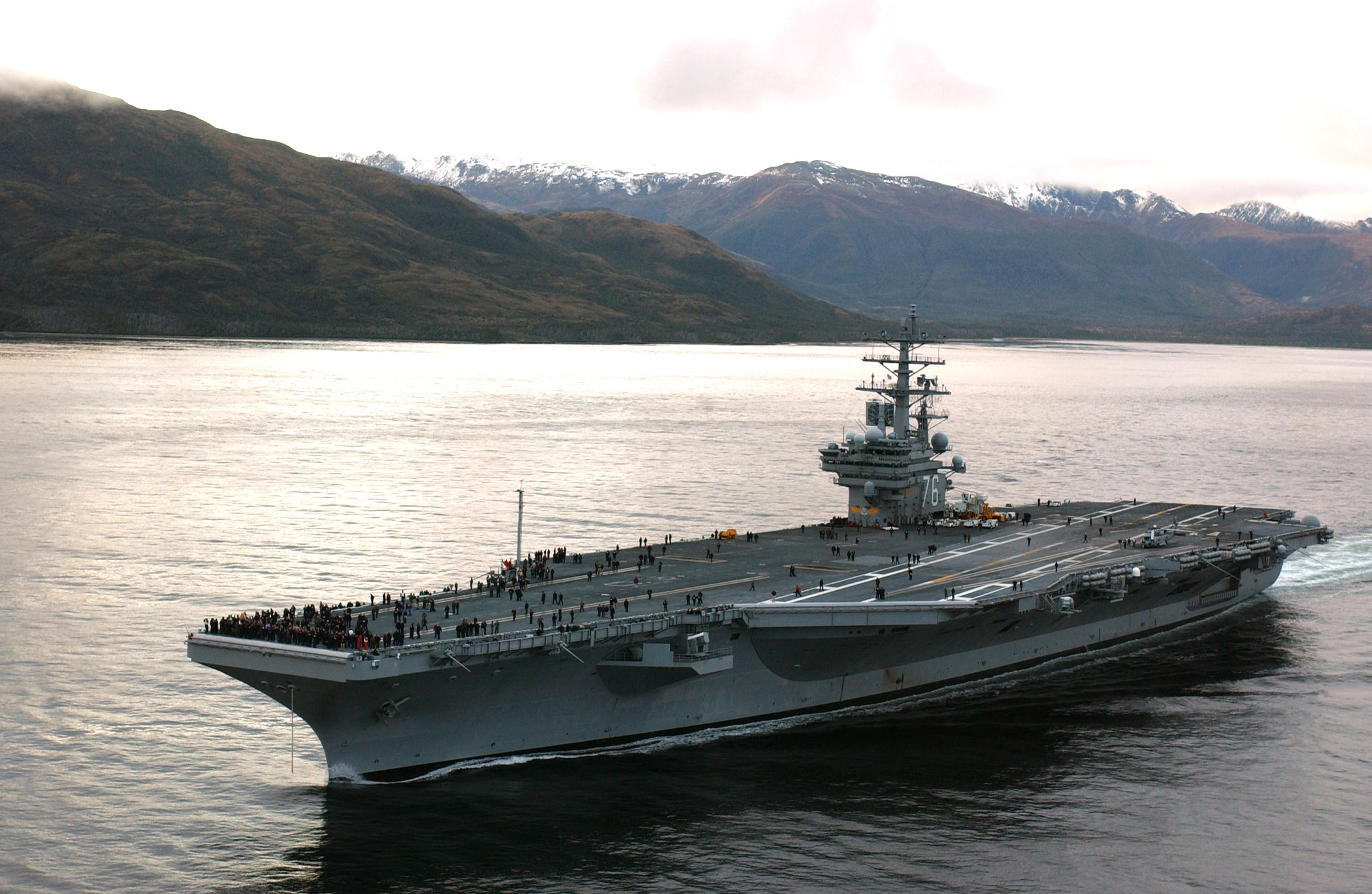Amid heightened tensions with Beijing in the South China Sea, the US nuclear-powered aircraft carrier Ronald Reagan is scheduled to make a rare visit to Danang, the port city in Central Vietnam, on June 25.
This visit by the USS Ronald Reagan marks only the third time a US aircraft carrier has made such a stop since the end of the Vietnam War.
According to an announcement by Vietnam’s Foreign Ministry, the USS Ronald Reagan, a Nimitz-class aircraft carrier, was scheduled to reach Da Nang on June 25 and remain there until June 30.
The port of Da Nang, which was upgraded and expanded by the United States during the Vietnam War, will now be utilized by the US warship.
In 2020, the USS Theodore Roosevelt made a stop in Vietnam to commemorate 25 years since the end of the Vietnam War in 1975.
The upcoming visit by Ronald Reagan comes a month after a Chinese navy training ship also made a port call in Da Nang as part of a goodwill tour to Thailand, Brunei, and the Philippines.
Additionally, Vietnam recently hosted Japan’s largest destroyer, the Izumo, after joint exercises with the USS Ronald Reagan and other American vessels in the South China Sea.
At the time, the Vietnamese Foreign Ministry spokesperson said that these successive visits reflect the shared commitment to promoting peace, stability, cooperation, and development in the region.
The United States aims to enhance its bilateral relationship with Vietnam, especially considering Hanoi’s ongoing disputes with Beijing over territorial boundaries in the South China Sea.

China asserts claims over the majority of the waters, including the exclusive economic zones of Vietnam and other neighboring countries in the region.
Due to the strategic importance of the energy-rich sea, which serves as a vital trade route, US aircraft carriers frequently navigate through it, often being closely monitored by Chinese vessels.
On June 21, Taiwan’s Defense Ministry reported that the Chinese aircraft carrier Shandong, accompanied by a group of escorting vessels, sailed southward through the politically sensitive Taiwan Strait.
In April, US Secretary of State Antony Blinken participated in a groundbreaking ceremony for a new US embassy compound in the Vietnamese capital, a project valued at $1.2 billion.
The Biden administration sees this initiative as a testament to its commitment to augmenting bilateral relations, which were reinstated in 1995, less than 30 years ago.
Currently stationed in Yokosuka, Japan, the USS Ronald Reagan is the sole American aircraft carrier forward-deployed in the region. It is expected to be succeeded in that role next year by the USS George Washington, another Nimitz-class carrier.
US’ Efforts To Strengthen Ties With Vietnam
The United States encounters significant challenges in Southeast Asia regarding forging a coalition to counter Beijing’s influence and deter any potential aggression towards Taiwan.
One of the primary obstacles lies in the reluctance of many countries in the region to antagonize their giant neighbor, which possesses formidable military capabilities and is a vital trade partner and source of investments.
For Hanoi, striking a delicate balance between expanding cooperation with Washington and avoiding friction with Beijing has proven complex and intricate.
Like other nations in the region, Vietnam has expressed deep concerns over China’s increasing military assertions in the South China Sea.
Furthermore, the diplomatic calculus is complicated by the strengthening ties between Beijing and Moscow, adding another layer of complexity to the geopolitical landscape.
According to analysts, the United States is anticipated to seek advancements in enhancing its relationship with Vietnam, aiming to transition from a “comprehensive” partnership, which has been in place for the past decade, to a more robust and strategic partnership.
This shift signifies Washington’s desire to deepen engagement with Vietnam across various areas, including security, economics, and diplomacy.
Vietnam holds significant significance due to its rapidly expanding economy and strategic position in the South China Sea.
This importance is highlighted by the consistent deployment of US patrol boats to Vietnam since 2018, reflecting the growing cooperation between the two nations.
In 2017 and 2021, the United States even transferred two Hamilton-class cutters to Hanoi, formerly the largest class of vessels in the US Coast Guard.
The transfer of military equipment, including the Hamilton-class cutters, falls within the framework of the US Excess Defense Articles program.
This program enables the United States to offer surplus military equipment to its partner and allied countries, assisting them in their efforts to modernize their military capabilities and enhance security.
- Contact the author at ashishmichel(at)gmail.com
- Follow EurAsian Times on Google News